Fakes that turned out to be real, and worth a fortune
Multimillion-dollar treasures that were outed as genuine
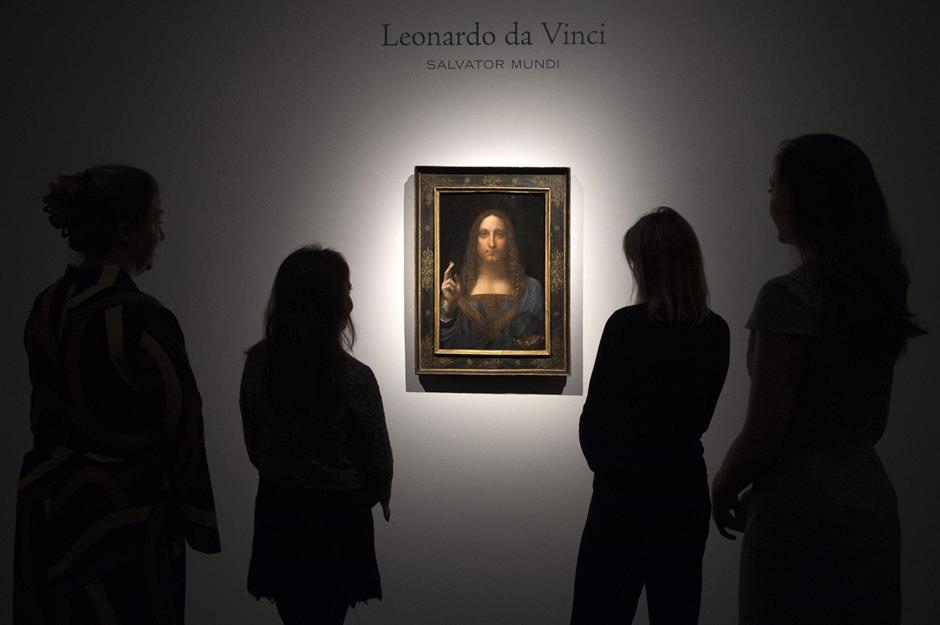
In April 2018 an anonymous collector from New England was poised to become a multimillionaire after a rare gold coin he thought was fake turned out to be the real deal. But the lucky numismatics enthusiast isn't the only collector to have discovered that a supposed copy was actually bona fide. We take a look at some alleged imitations that were eventually declared genuine.
The $5 Liberty Half Eagle coin
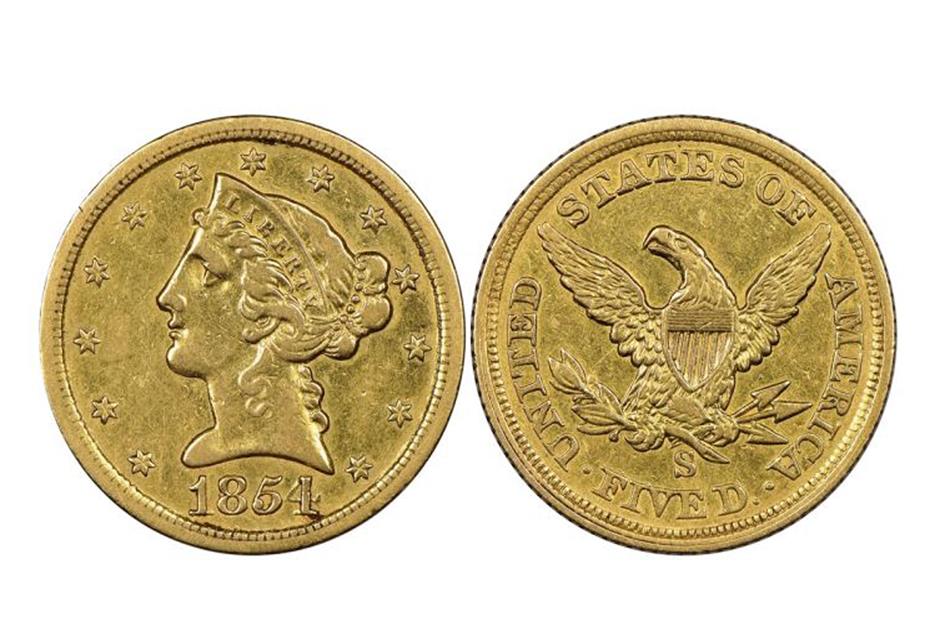
The San Francisco Mint produced just 268 gold $5 Liberty Half Eagle coins back in 1854 and only three were thought to have survived to the present day. A New England collector, who has chosen to remain anonymous, was convinced his coin was a cheap 'tribute', but held out hope it was genuine. The collector had shown the coin to several dealers who told him it was a copy, but turned to the Numismatic Guaranty Corporation (NGC) in Florida as a last resort. Using high-resolution images of the existing coins, the NGC experts were able to confirm its authenticity.
The $5 Liberty Half Eagle coin
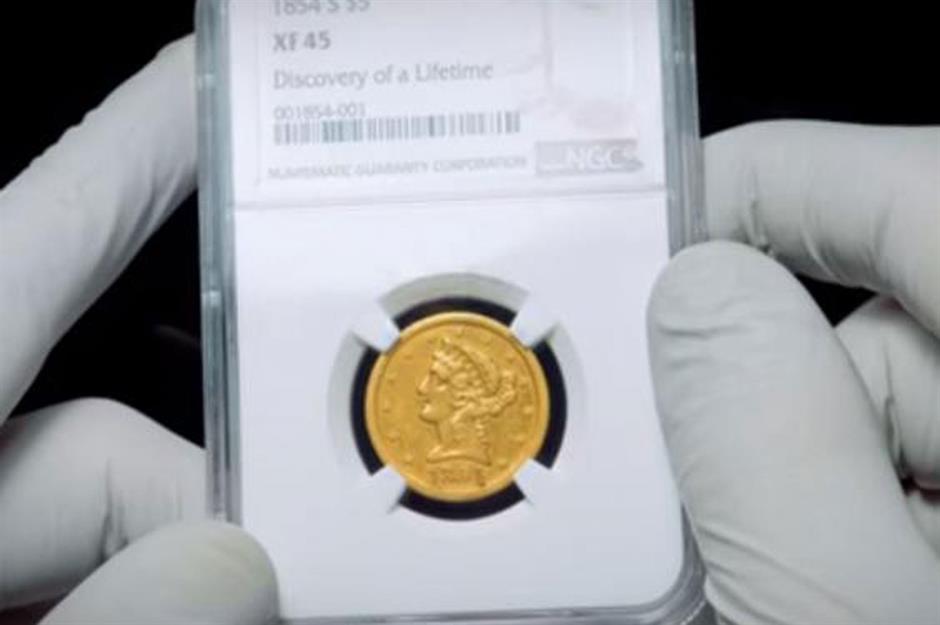
Constable's early The Hay Wain
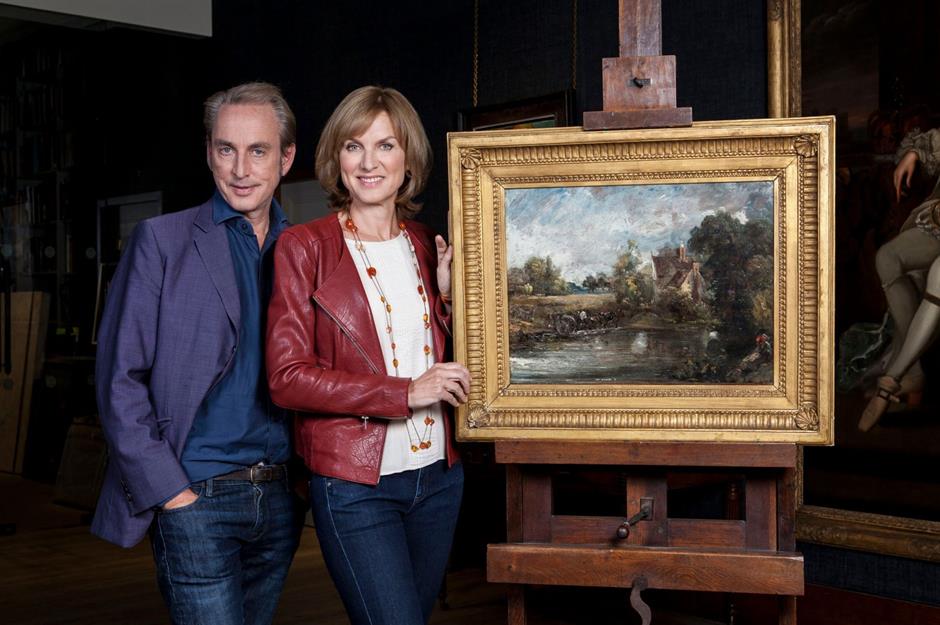
In 2017, Gloucestershire businessman Harry Reid appeared on the BBC's Fake or Fortune? show with a landscape painting he'd bought from TV art expert Philip Mould in 2000 for $46,000 (£35k). In a strange turn of events, the new owner swore that the picture he bought from the art expert was actually by John Constable, but couldn't prove it.
Constable's early The Hay Wain
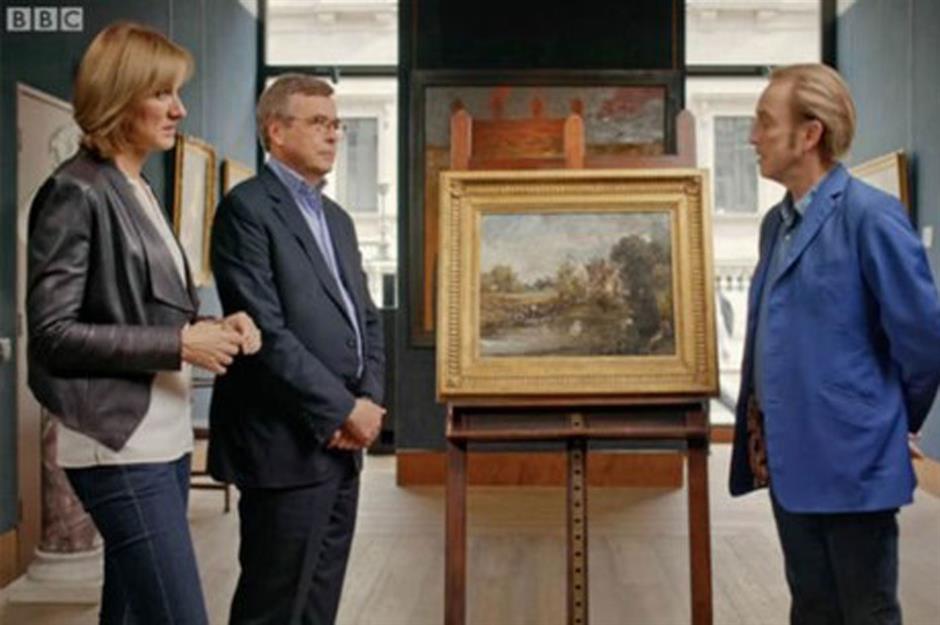
Constable's early The Hay Wain
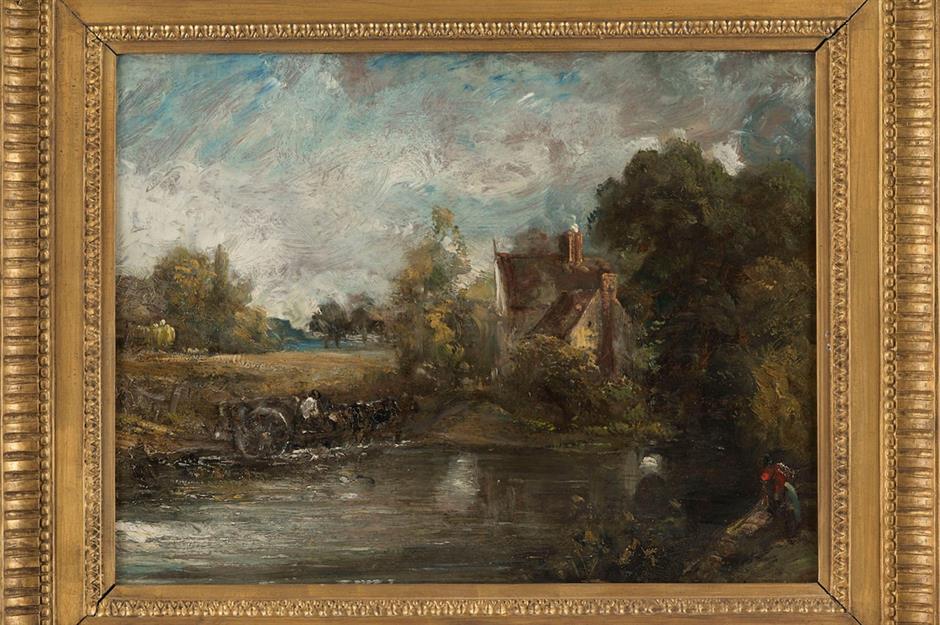
In fact, the painting is an early version of Constable's famous masterpiece The Hay Wain, and has been described as an important museum-worthy find by scholars of the Victorian painter. Unfortunately for Mould, the painting he sold for just $47,000 (£36k) 18 years ago is actually worth $2.6 million (£2m).
The Jesse James photo
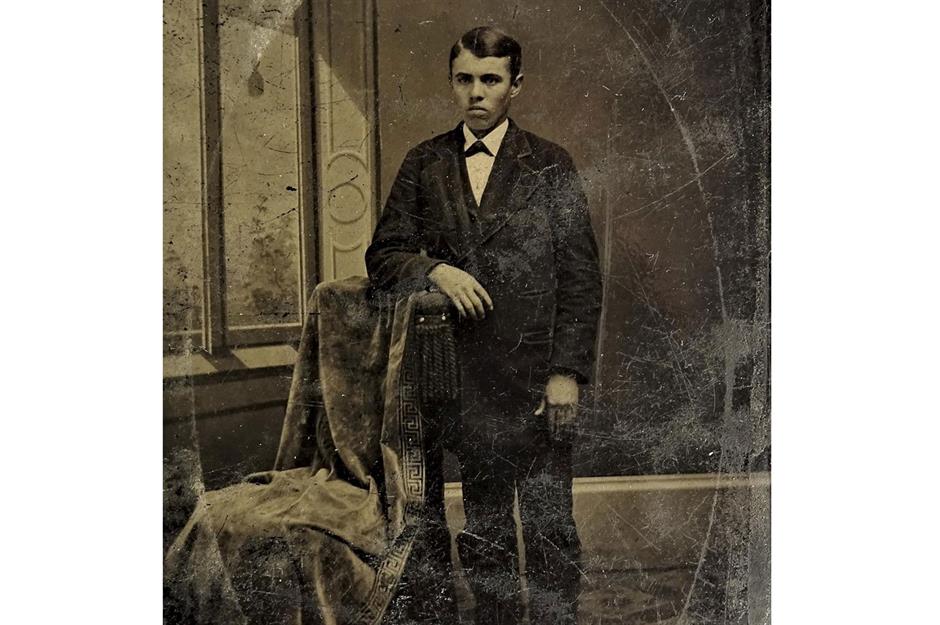
Lincolnshire collector Justin Whiting chanced upon this grainy photo on eBay in July 2017 and recognised it as a picture of infamous outlaw Jesse James, but was certain the image was a later copy on account of its bargain basement price. But the history buff still snapped it up for just $9.20 (£7).
The Jesse James photo

The Jesse James photo

The discovery is a much-needed windfall for Whiting, who has been unable to work since 2003 due to disability. Comparable ultra-rare photos of legendary American outlaws have sold for millions of dollars.
Discover more of The world's most valuable photographs
Rodin's bust of Napoleon
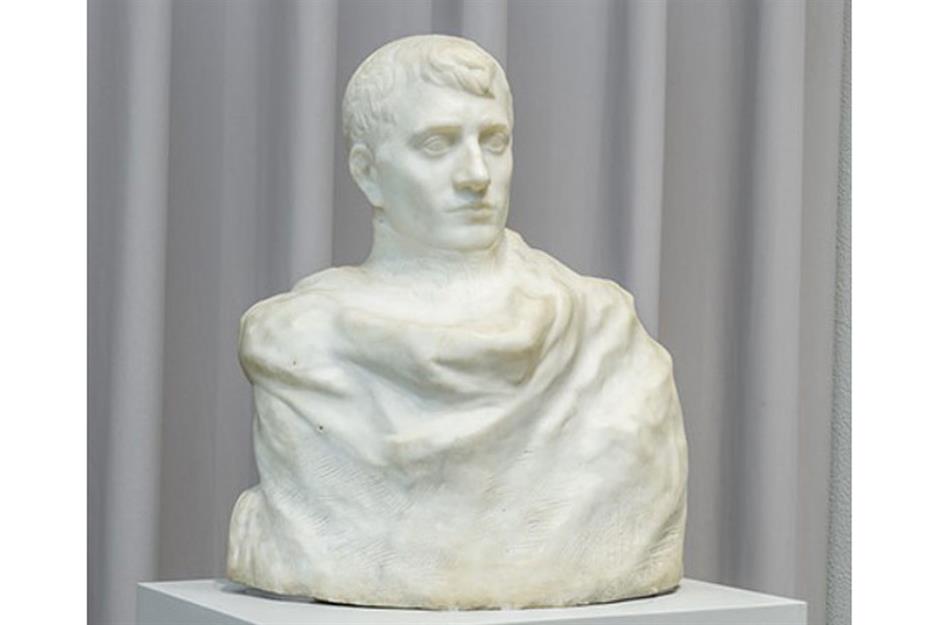
Rodin's bust of Napoleon
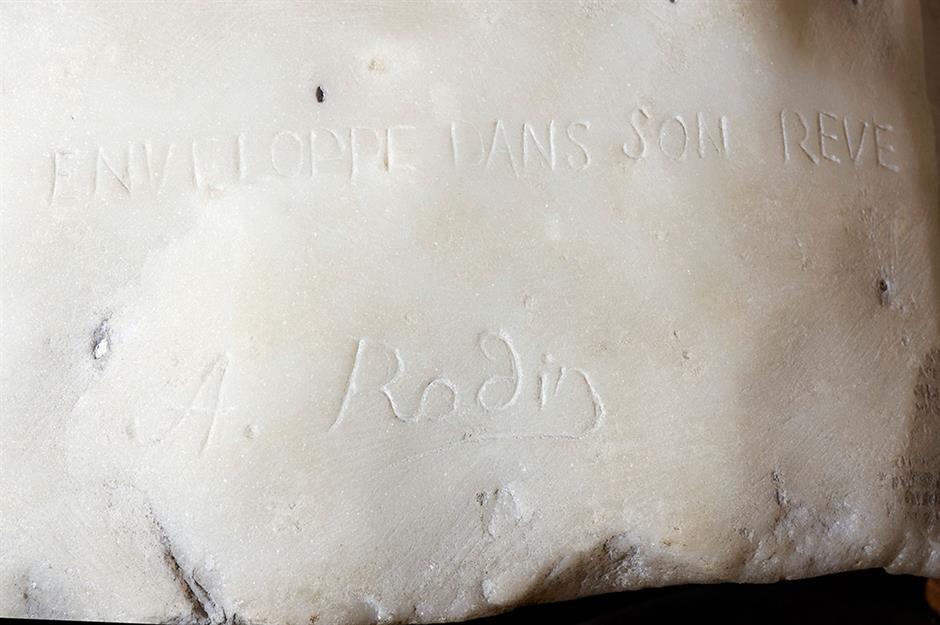
Rodin's bust of Napoleon
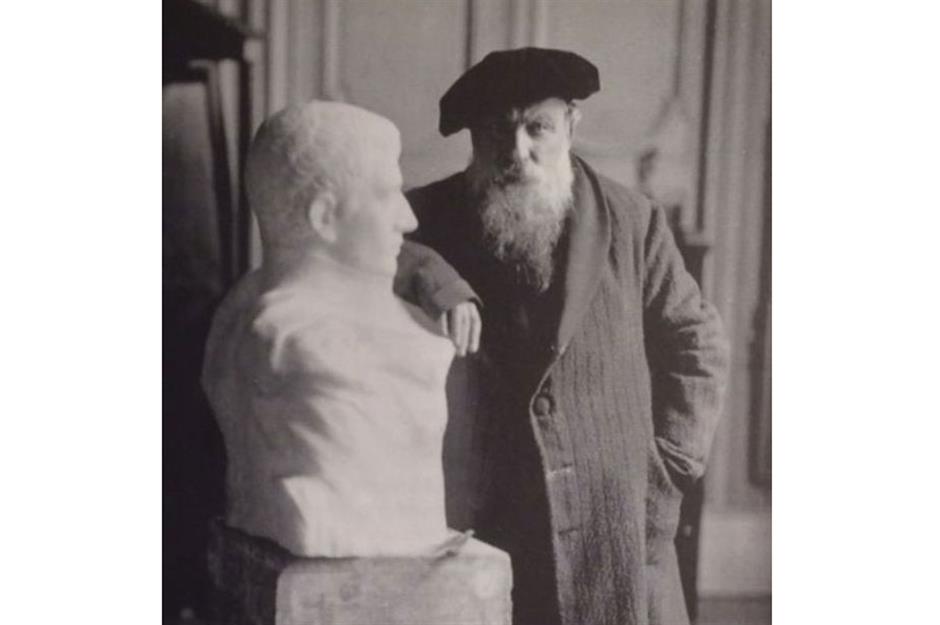
Raphael's A Portrait of a Young Woman
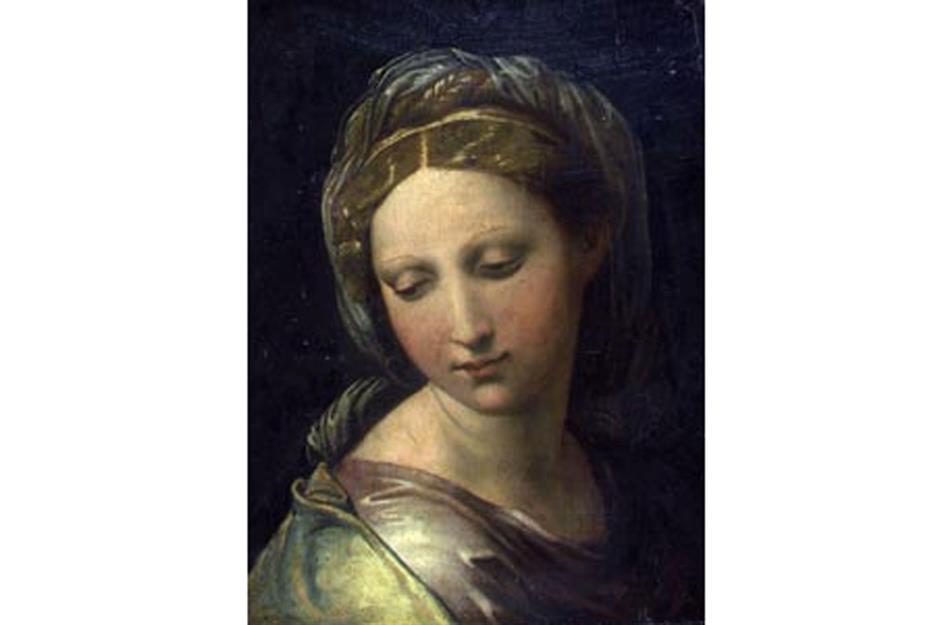
Raphael's A Portrait of a Young Woman
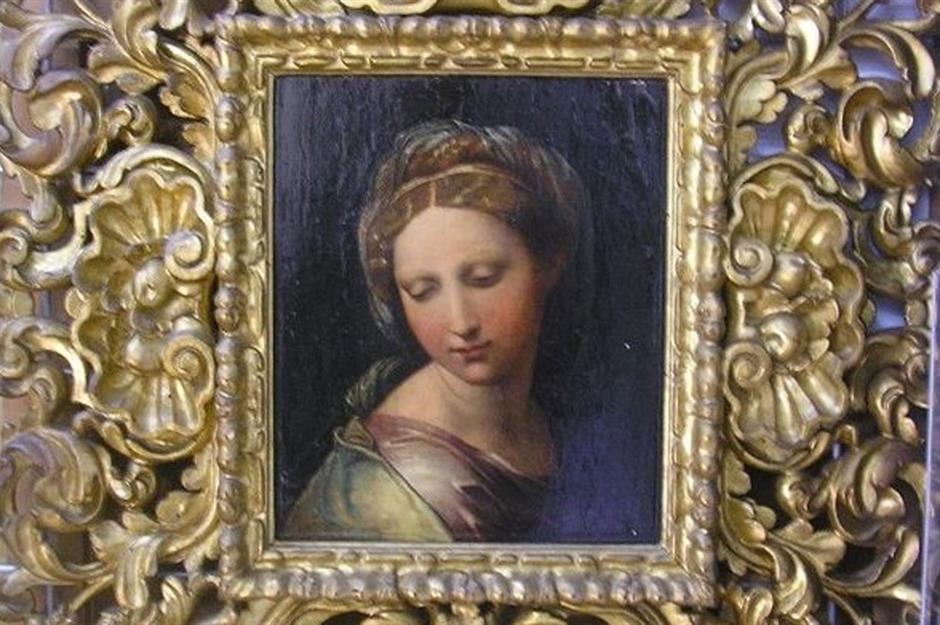
Raphael's A Portrait of a Young Woman
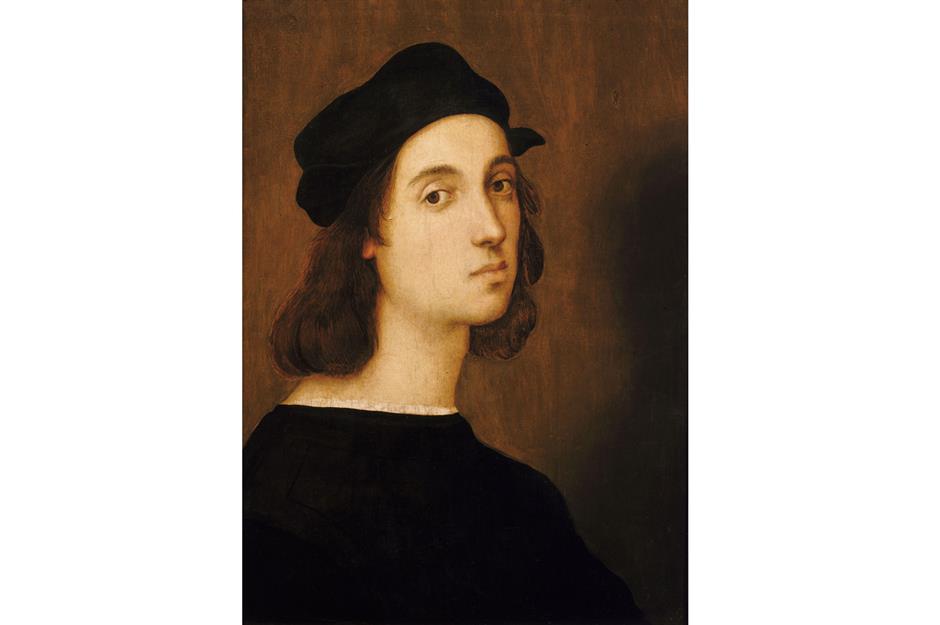
The picture, which is owned by a public art gallery in Modena, was sent off for analysis using the latest infrared and UV multilayer technology and was confirmed, beyond reasonable doubt, to be a genuine Raphael worth up to a whopping $34 million (£25.6m).
The Rembrandt self-portrait
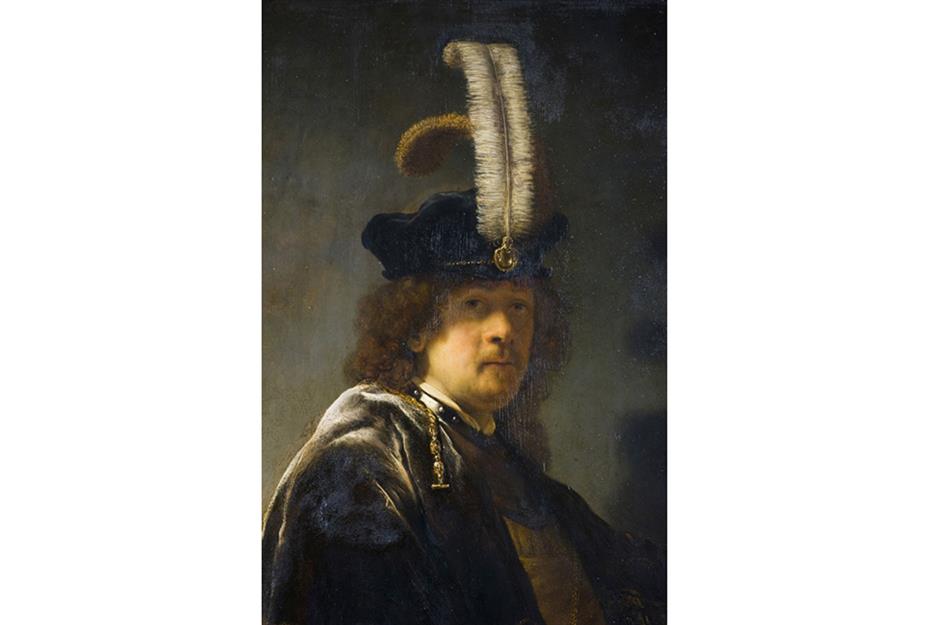
The Rembrandt self-portrait

The Rembrandt self-portrait
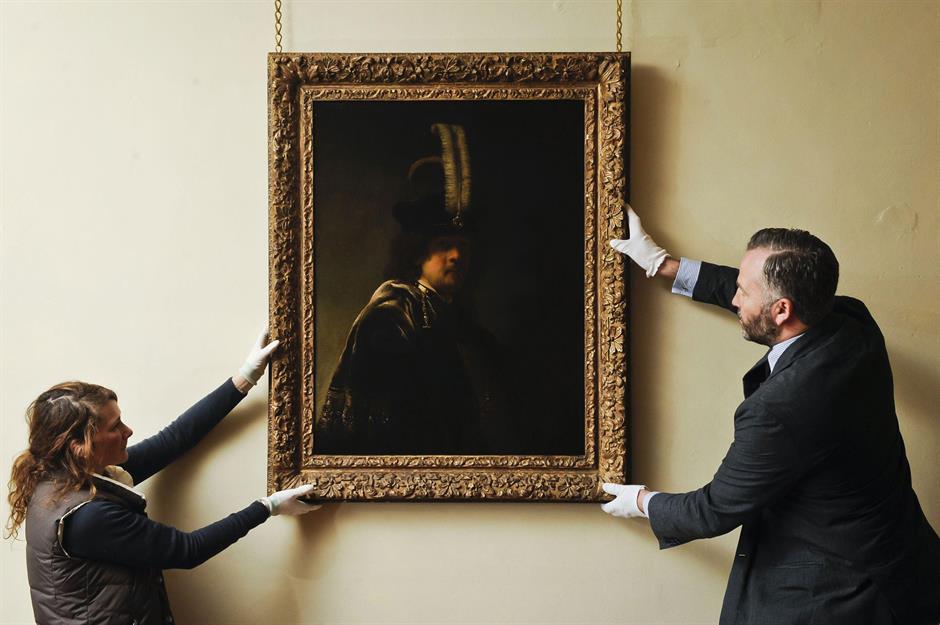
Van de Wetering was sure the painting was a genuine Rembrandt but it wasn't until 2013 that he was able to prove it is actually the Dutch master's first 'selfie', painted when the artist was 29 years old. The artwork is estimated to be worth in the region of $26.4 million (£20m).
Van Gogh's Sunset at Montmajour
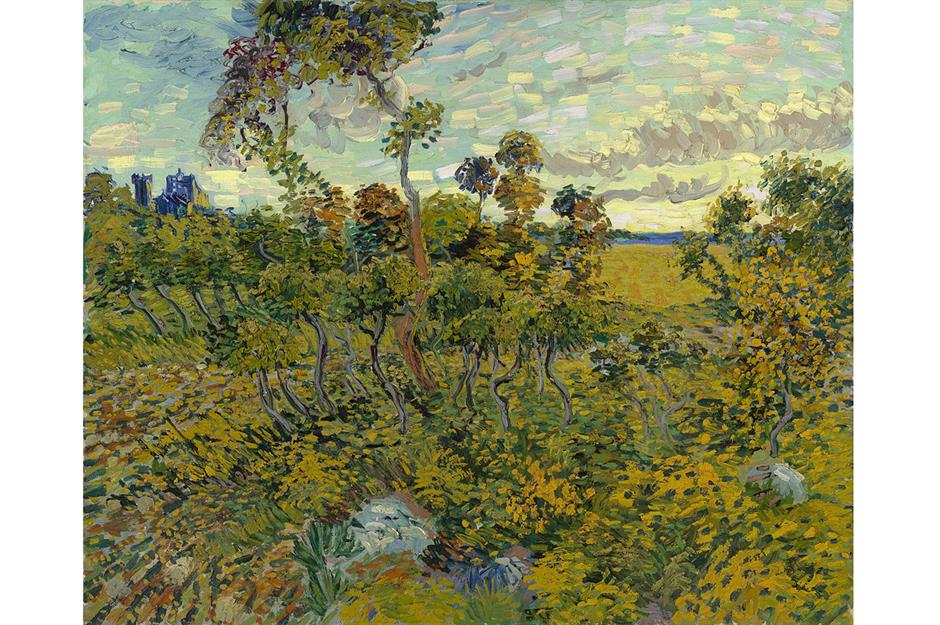
Norwegian industrialist Christian Nicolai Mustad bought this Van Gogh painting in 1908 and proudly displayed the artwork until the French ambassador to Sweden told him it was an amateurish fake. Horrified and embarrassed, Mustad banished the painting to an attic.
Van Gogh's Sunset at Montmajour
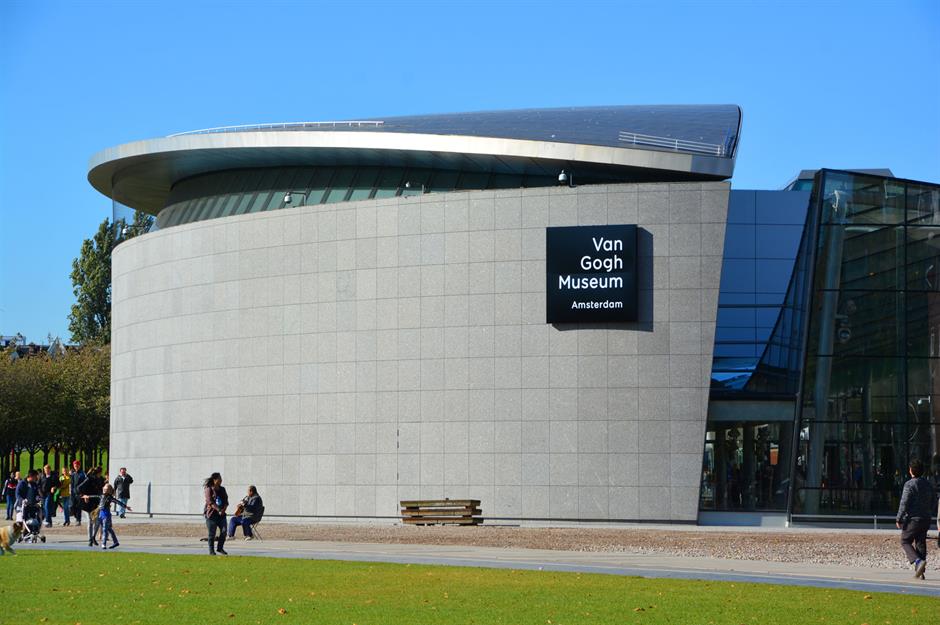
Van Gogh's Sunset at Montmajour
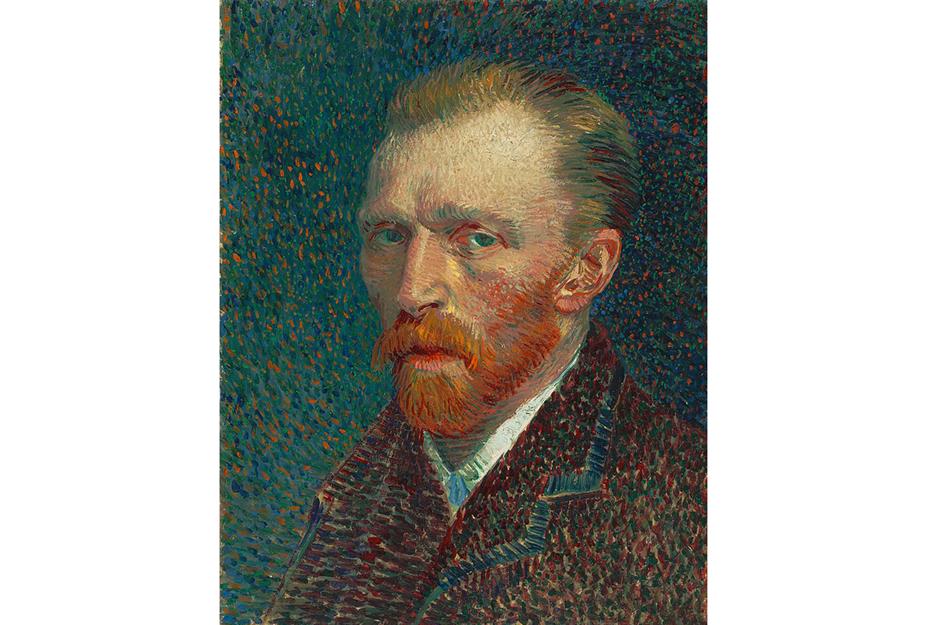
The trio of Turners
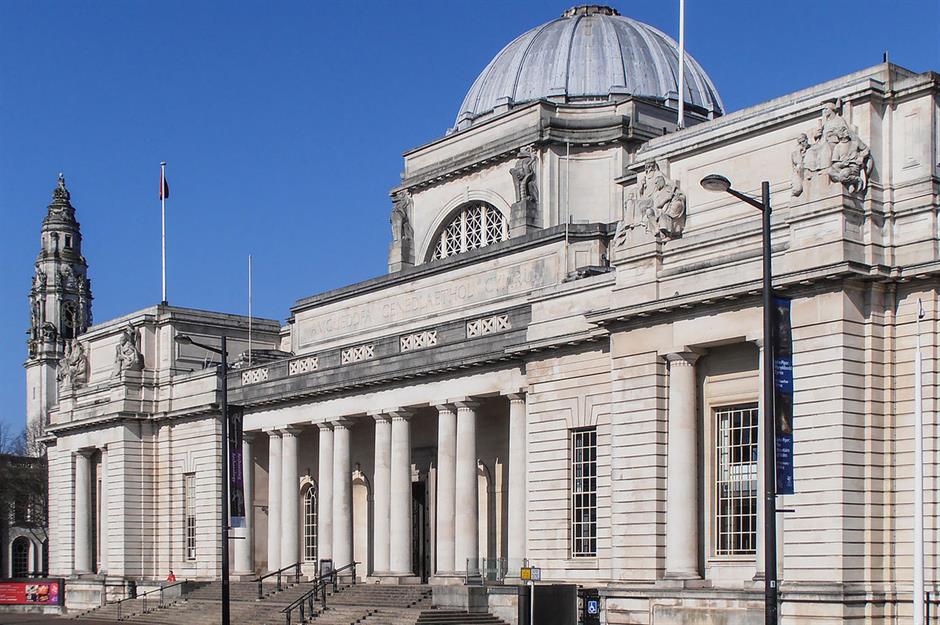
The trio of Turners
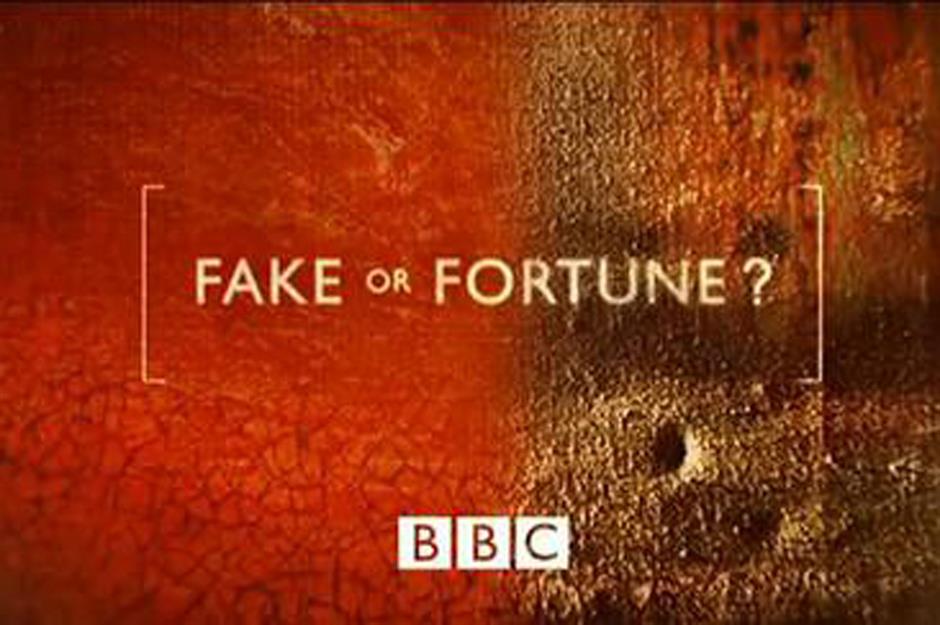
The trio of works were rejected by experts who deemed them inferior paintings by students of Turner. The BBC's Fake or Fortune? show got on the case and arranged for the canvases to be re-evaluated using modern technology.
The trio of Turners
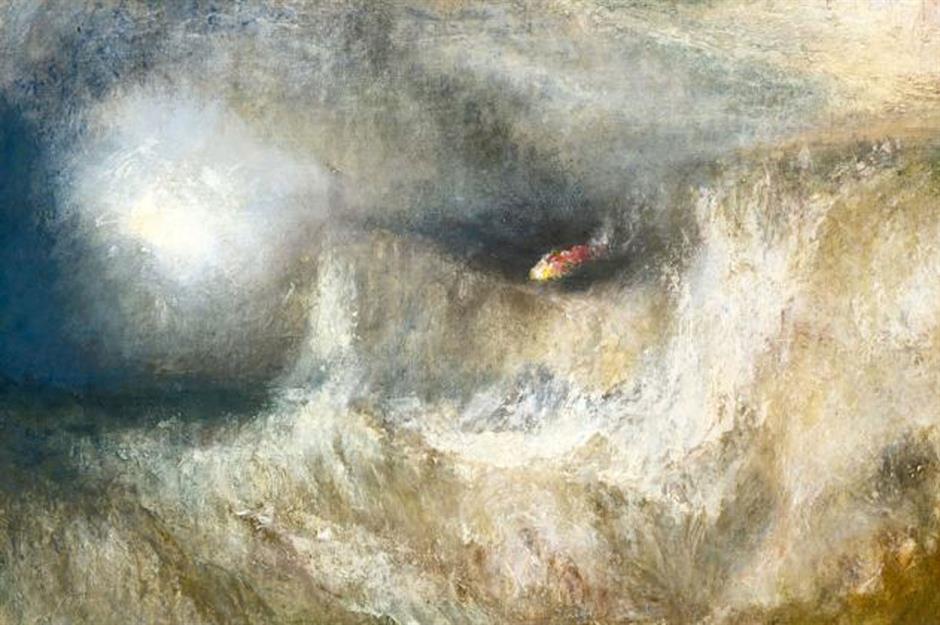
Monet's A Haystack in the Evening Sun

Monet's A Haystack in the Evening Sun
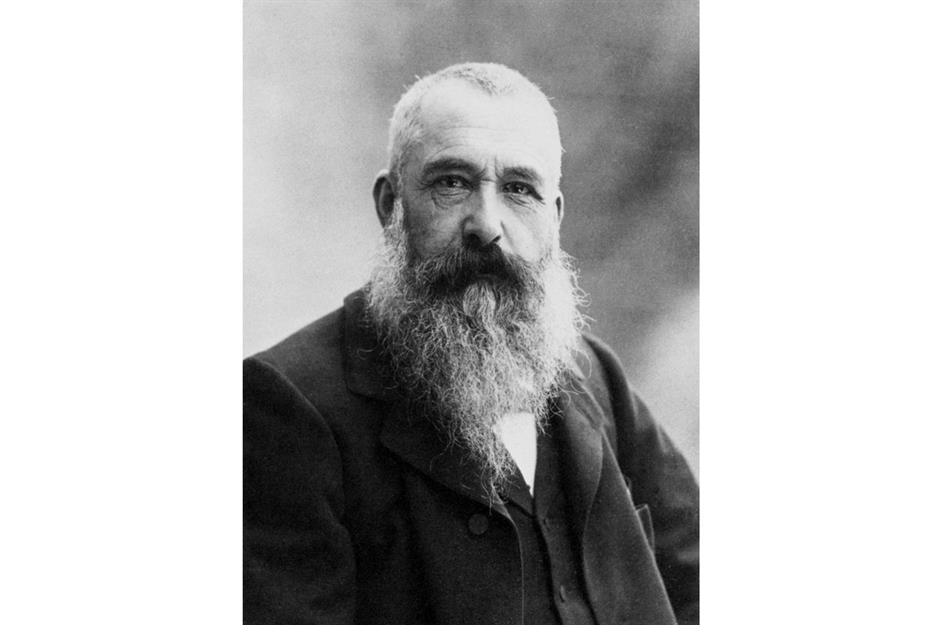
Monet's A Haystack in the Evening Sun
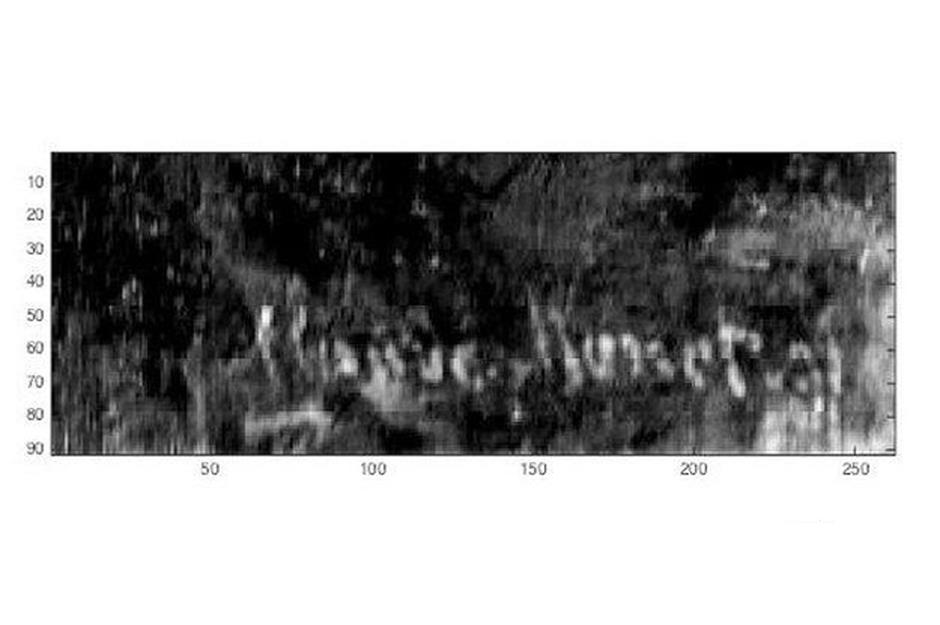
Da Vinci's Salvator Mundi
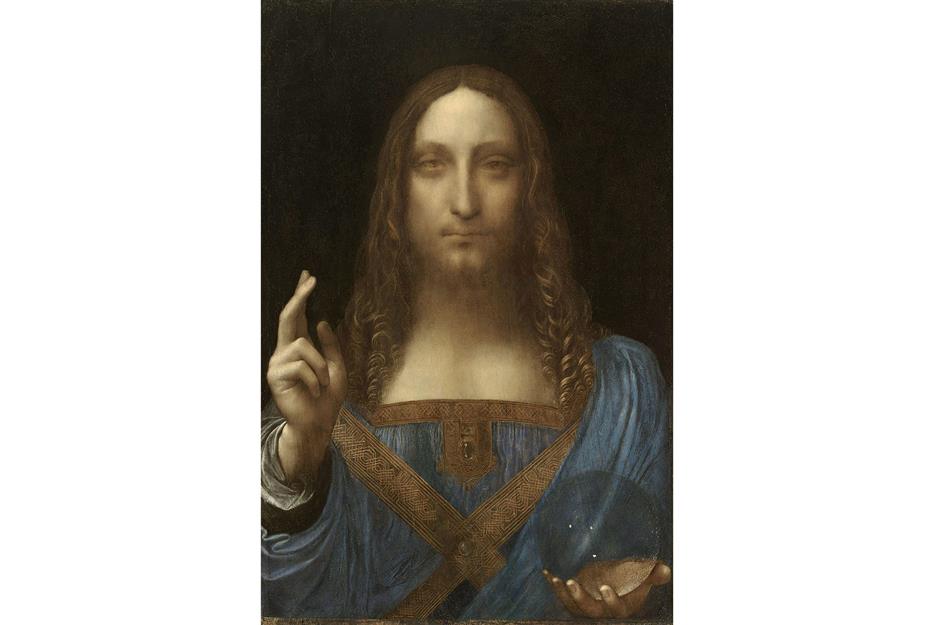
Da Vinci's Salvator Mundi
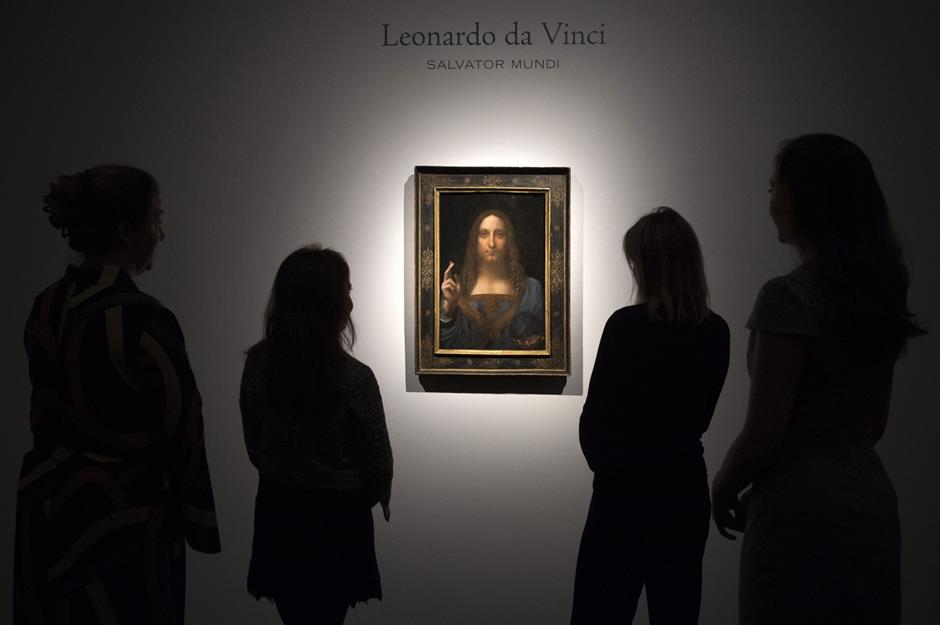
The consortium, which included Old Masters expert Robert Simon, had the painting restored by New York University's Dianne Dwyer Modestini, and it was eventually attributed to Da Vinci. The restored painting was unveiled at an exhibition at London's National Gallery in 2011.
Da Vinci's Salvator Mundi

Yves Bouvier, a Swiss dealer, bagged the painting in 2013 for $75 million (£56.9m) and sold it on to Russian oligarch Dmitry Rybolovlev, who paid $127.5 million (£96.7m) for it. In November 2017, Salvator Mundi was acquired by Saudi's Crown Prince Mohammed bin Salman for $450.3 million (£341.6m), a new world record price for an artwork.
Henry Moore's watercolour
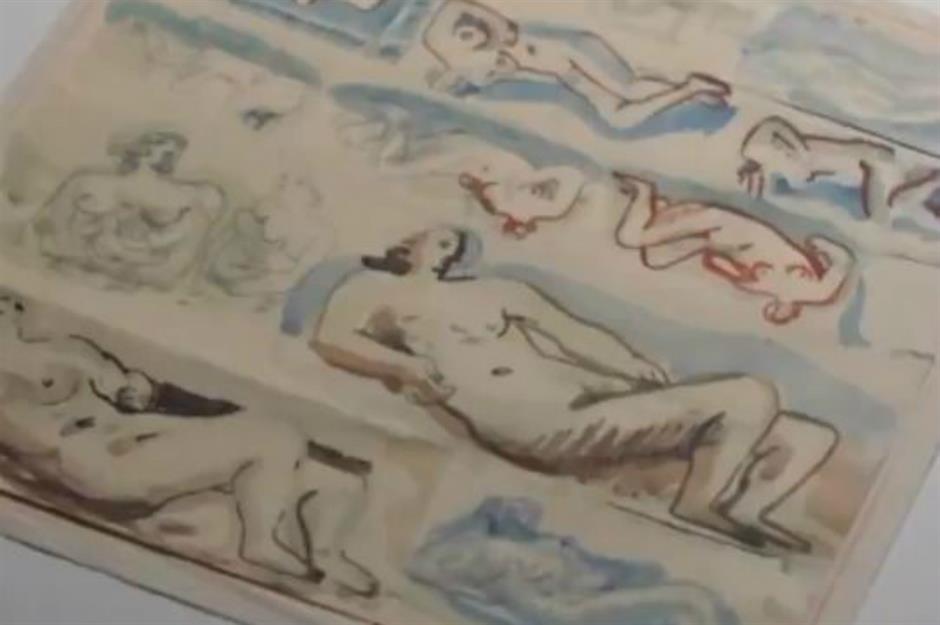
Found in a Nazi art hoard of 1,500 pieces in the Museum of Fine Art in Bern, Switzerland the origins of this watercolour sketch were dubious. However, BBC show Fake or Fortune? has worked out that the sketch is a genuine Henry Moore work and worth $92,000 (£70k).
These treasures the Nazis stole have been sensationally recovered
Henry Moore's watercolour
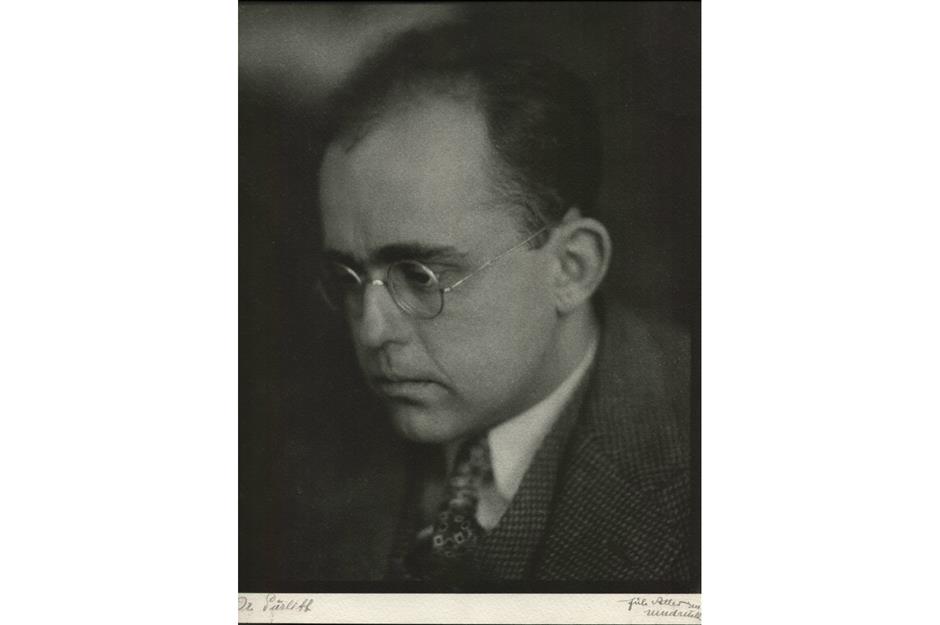
The museum had acquired the sketch in 2014 after its owner Cornelius Gurlitt died. Some of his collection had controversial origins, having been stolen by the Nazis and the result of forced sales by Jewish collectors. However, the investigation surrounding this sketch by Moore found that it was given by the 20th-century artist to a German museum, and had been bought by Gurlitt's father before the war.
Now discover the Treasures the Nazis stole that have never been found
Madonna of the Pomegranate
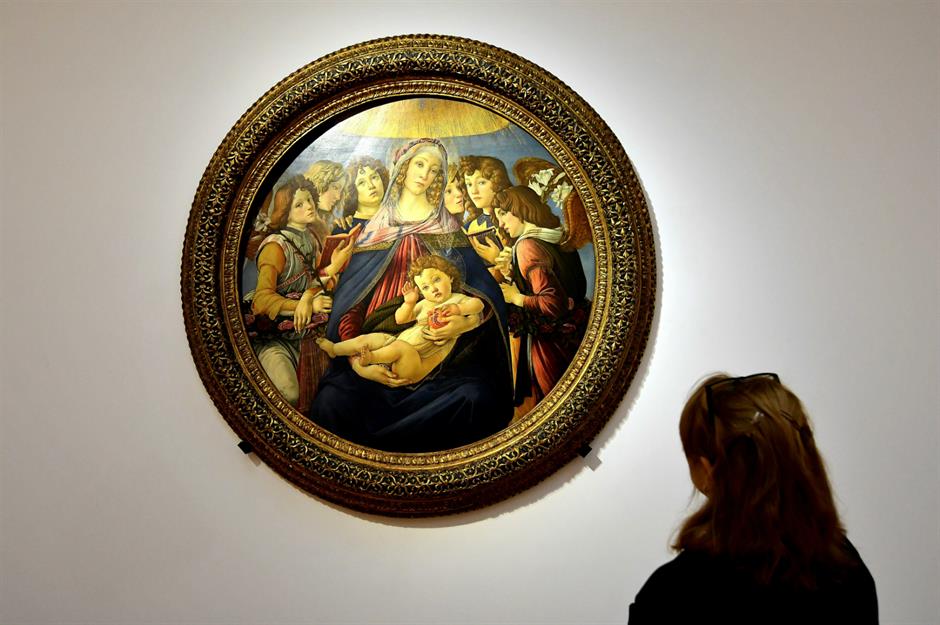
The Madonna of the Pomegranate painting by Sandro Botticelli dates back to the 15th century. But when English Heritage were restoring what was first thought to be a later copy by an unknown artist, restorers soon realised that the similarities were just too close. After speaking with experts from the National Gallery and the Victoria and Albert Museum the discovery was confirmed.
Madonna of the Pomegranate
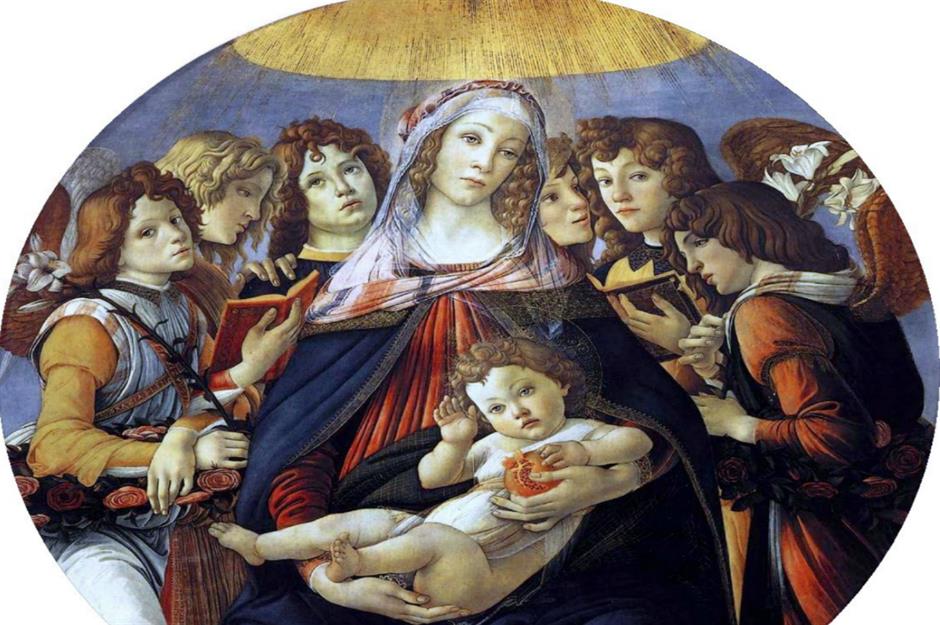
The size compared to the original painting in Florence, as well as discolouring, led experts to believe it was fake at first until X-ray and pigment analysis were able to determine that it did come from Botticelli's Florence workshop. It is thought to be one of many paintings recommissioned by the artist, and it is now believed to be the closest version to the original piece. Madonna of the Pomegranate is on display at English Heritage’s Ranger's House in Greenwich, London.
Anglo-Saxon coin
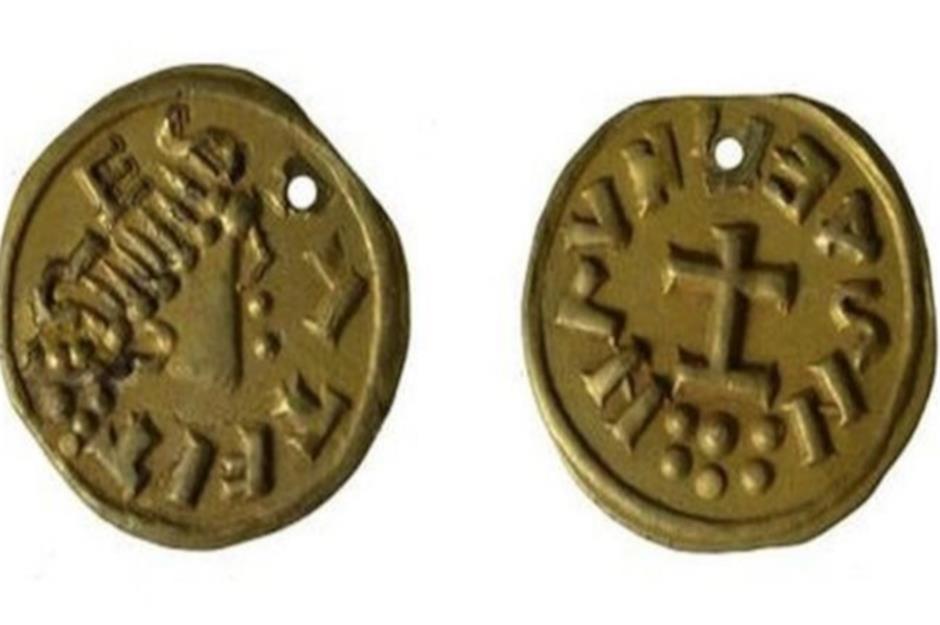
Anglo-Saxon coin
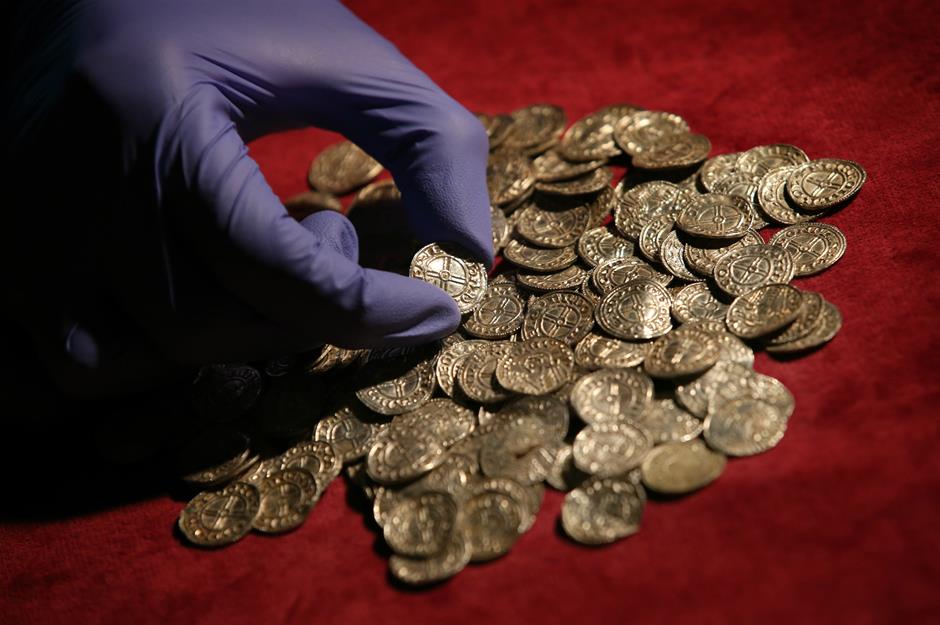
Queen Victoria's portrait
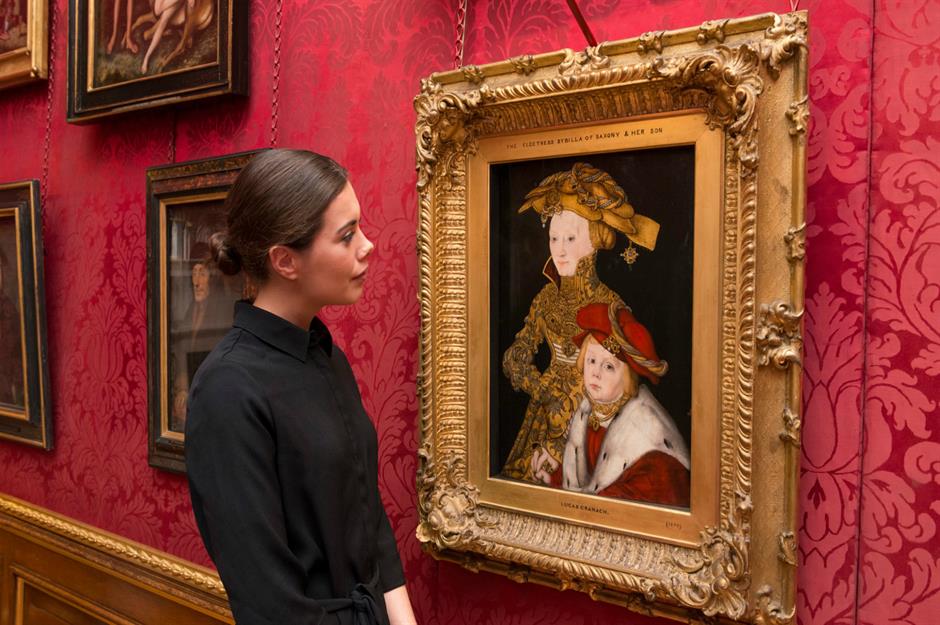
Queen Victoria's portrait
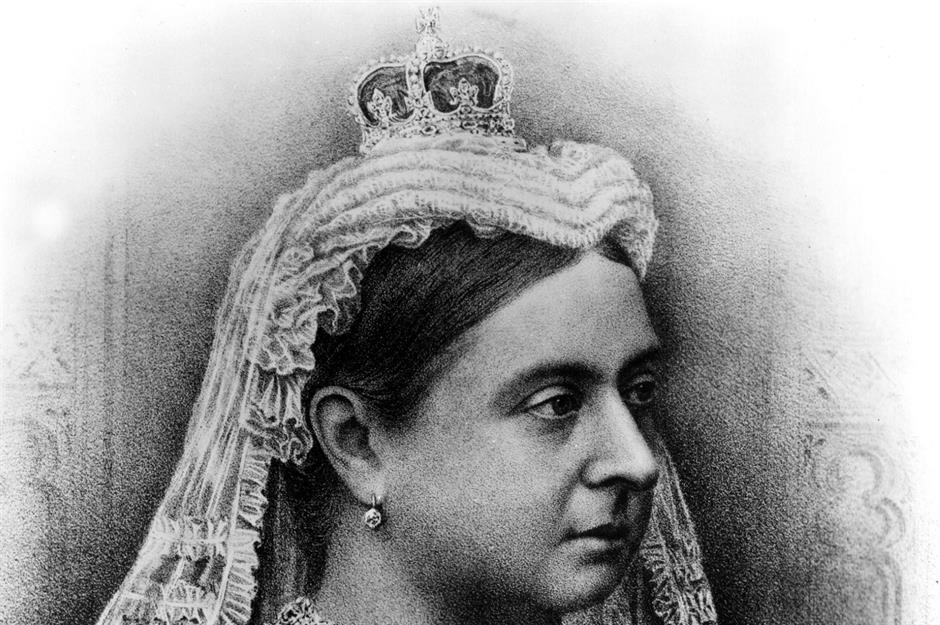
The painting, which has been cleaned and restored, is titled: Portrait of a Lady and Her Son. It was painted between 1510 and 1540. It depicts Lady Sybilla of Saxony and her son. The painting was X-rayed and examined before a final conclusion about its authenticity was made. The current record for a Cranach the Elder painting is $12.1 million (£9.3m).
19th-century 'tenner' diamond
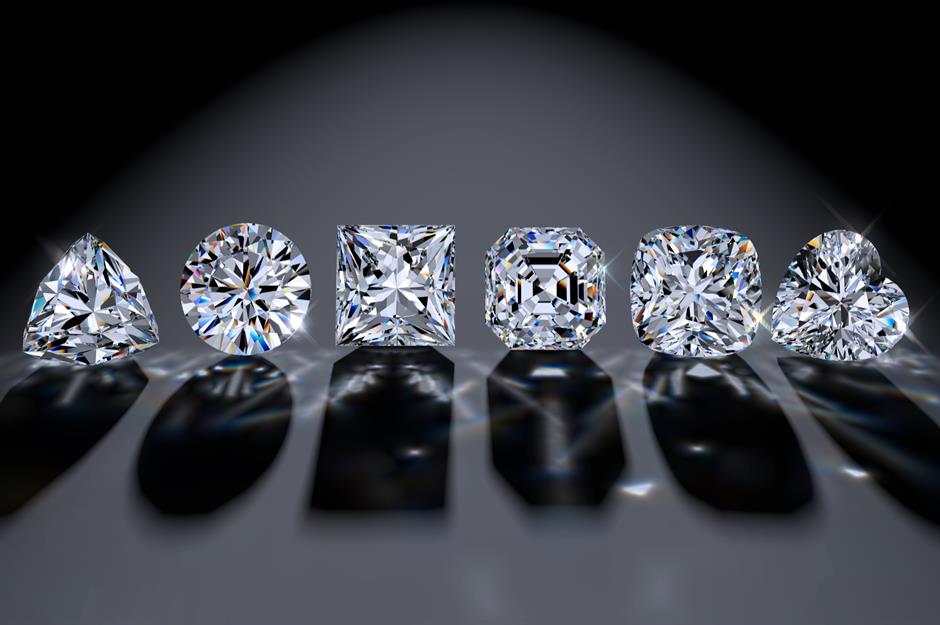
A gem which was thought to be costume jewellery has in fact been identified as a real 19th-century 26.27 carat diamond. The stone actually cost only £10 when it was bought in London, and it was only after it was valued that its true worth was discovered.
19th-century 'tenner' diamond
.jpg)
Nicknamed the "tenner" diamond, due to the price it was purchased for at a flea market some 30 years ago, it sold for a whopping $865,600 (£656,750) at auction in 2017. Diamonds from the 19th century were not typically cut to show their clarity, which explains why the precious stone went undetected for so long as it would not have resembled modern diamonds.
15th-century rare Angel gold coin

In 2017 a rare gold coin was discovered in a farmer’s field in Dorset. The coin features an image of the archangel Michael slaying a dragon, hence its nickname 'The Angel Gold Coin'. While at first it was thought to be a bottle top, it was then identified as an original 15th-century coin and estimated to be worth a huge $19,780 (£15,000). However, the coin actually went on to sell for as much as $65,900 (£50,000) at auction.
15th-century rare Angel gold coin
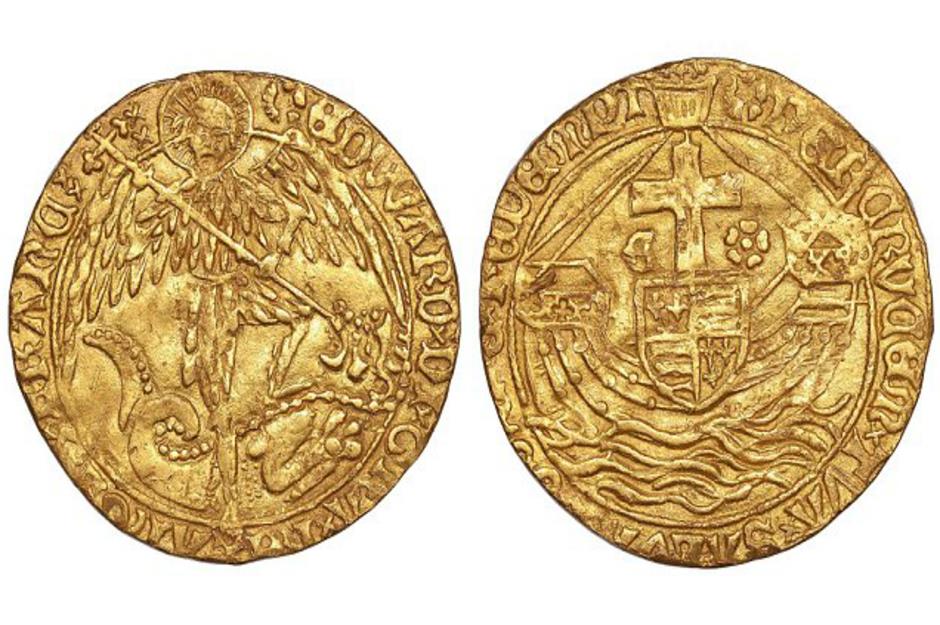
The coin is believed to have stopped being minted during the 86-day reign of 12-year-old King Edward V, after he vanished in the Tower of London along with his brother in 1483. This means that the coin had been buried in the field undisturbed for over 500 years before it was discovered. The text on the edges of the coin reads: ‘Edward Di Gra’ which, experts say, conclusively shows the coin was made during the short-lived reign of Edward V.
Comments
Be the first to comment
Do you want to comment on this article? You need to be signed in for this feature
Most Popular
Features How Michael Jackson's children boost their bank balances